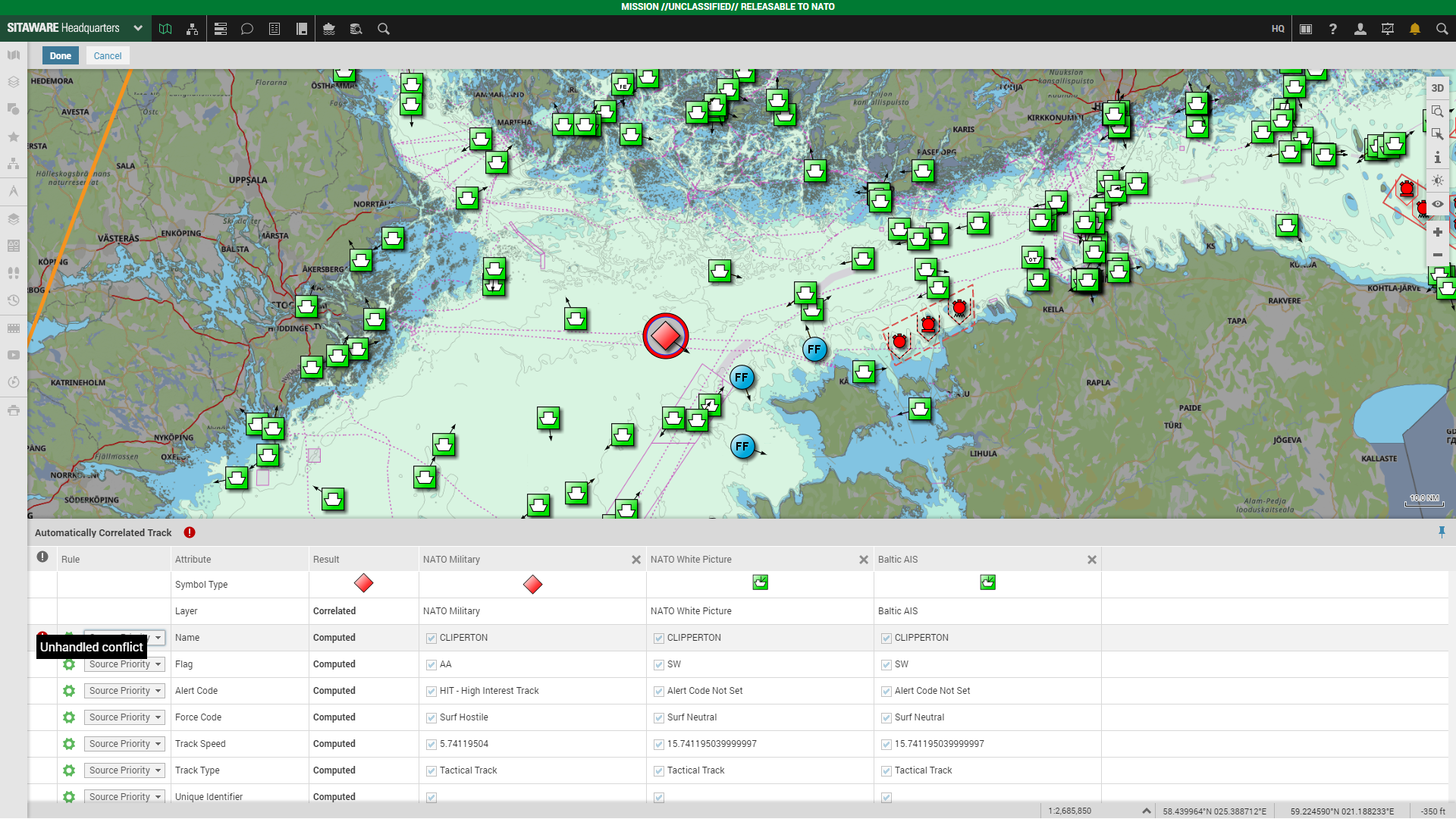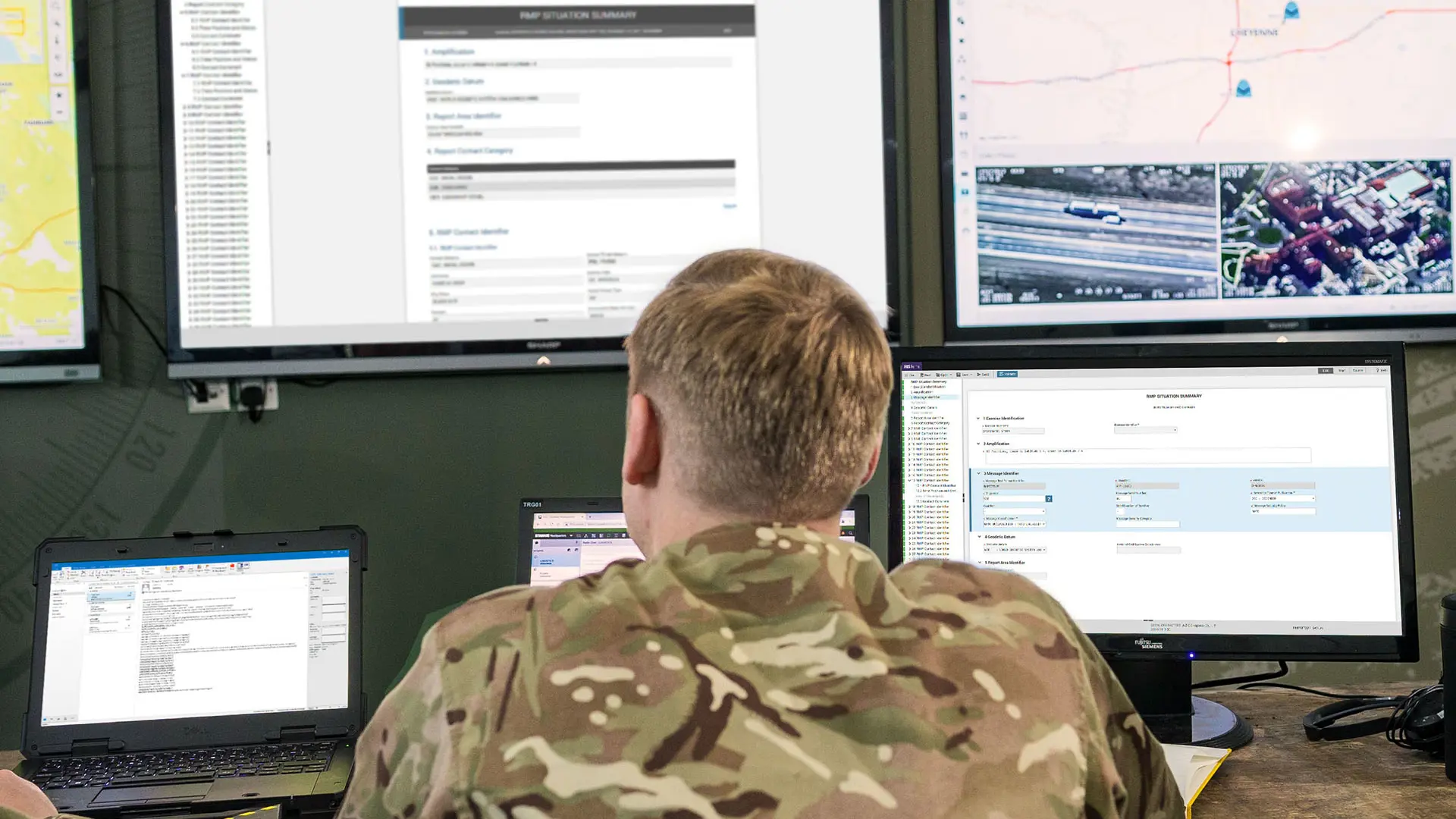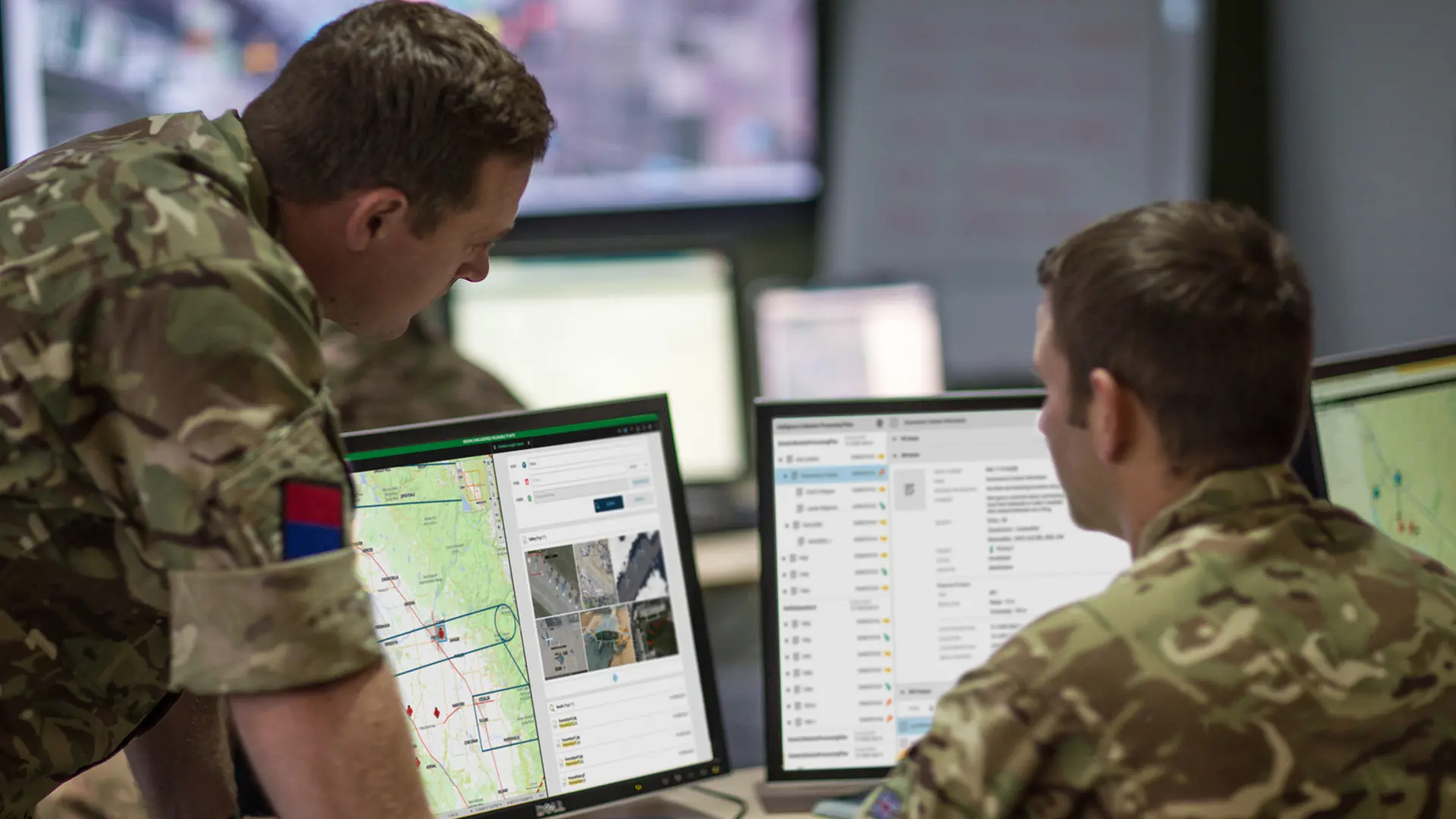Subterfuge at sea: AIS spoofing demands advanced countermeasures
The apparent spoofing of two NATO vessels’ AIS tracks in the Black Sea is the latest incident in an alarming trend that has emerged over the past few years. Introducing enhanced track correlation and fusion capabilities can go some way to tackling this problem and providing a clear operational picture, writes Stig Meyer*.
A recent USNI News article reporting the apparent spoofing of the AIS tracks of two NATO vessels – the UK Royal Navy’s HMS Defender, and the Royal Netherlands Navy’s HNLMS Evertsen – paints an alarming picture for naval commanders. Although webcam footage confirms that neither vessel sailed from the port of Odessa in Ukraine, analysis of the AIS track data alone would have concluded that they had entered disputed waters off Sevastopol – territory claimed by Russia, but widely considered by the international community to belong to Ukraine. An act that at best would have caused a diplomatic incident – at worst a military engagement.
Building the RMP
This and other incidents in the Black Sea and elsewhere underline the fact that positional data from AIS alone cannot be considered definitive. To gain a comprehensive, accurate, and current Recognised Maritime Picture (RMP), naval commanders, coastguard, and other agencies need to consider a wide range of data and fuse this for a coherent understanding. The diversity and volume of data that must be assessed makes this no mean feat, with both technical challenges and manning requirements to overcome.
The sheer number of tracks to be considered not only makes the correlation process a laborious task, but also one that is open to human error. Automating processes and using AI in the development of the RMP and other tasks can be decisive when correlating tracks and detecting anomalies. The application of correlation and fusion engines in Systematic’s SitaWare Maritime C4I software goes some way to addressing this challenge.
To ensure a high quality RMP, it is vital that the user is presented with coherent tracks from a wide variety of sources, and that the bulk of the track information is automatically correlated. That is why SitaWare Maritime features a mature and proven correlation engine that is capable of handling tracks from multiple sources in addition to AIS, such as OTH-Gold and radar.

Applying AI
AI also has its part to play in delivering an accurate RMP and giving commanders the certainty they require. Injecting historical information – such as that on ship locations, vessel characteristics, and typical movements – into an AI system enables an accurate ‘pattern of life’ to be established. Based on this, commanders can task the system to alert them to a range of abnormal and other behaviours.
Given accurate historical data to establish the pattern of life and authenticated, up-to-date information, there are a myriad of anomaly detection and other tasks that can be automated.
AI can bring a range of other capabilities to naval commanders – not least the ability to automatically identify ship classes and even individual vessels based on object recognition. Algorithms trained on the appropriate data can automatically determine vessels based on the analysis of an image or silhouette. This capability can meet dynamic recognition tasks and provide persistent surveillance, for example from shore-based sensors.
The speed at which modern naval warfare against a peer or near-threat will be conducted demands that AI technologies are introduced. They have the potential to enable a commander to get inside an adversary’s ‘OODA loop’.

Beyond the military
The subterfuge associated with AIS spoofing cannot only be attributed to armed forces. Non-state actors such as criminal groups and terrorist organisations also stand to benefit from spoofing, and as the technology and knowhow to spoof AIS signals becomes more widespread, their activities must be taken under stronger consideration.
*Stig Meyer is Systematic’s Maritime Product Manager and a former Commander in the Royal Danish Navy.








